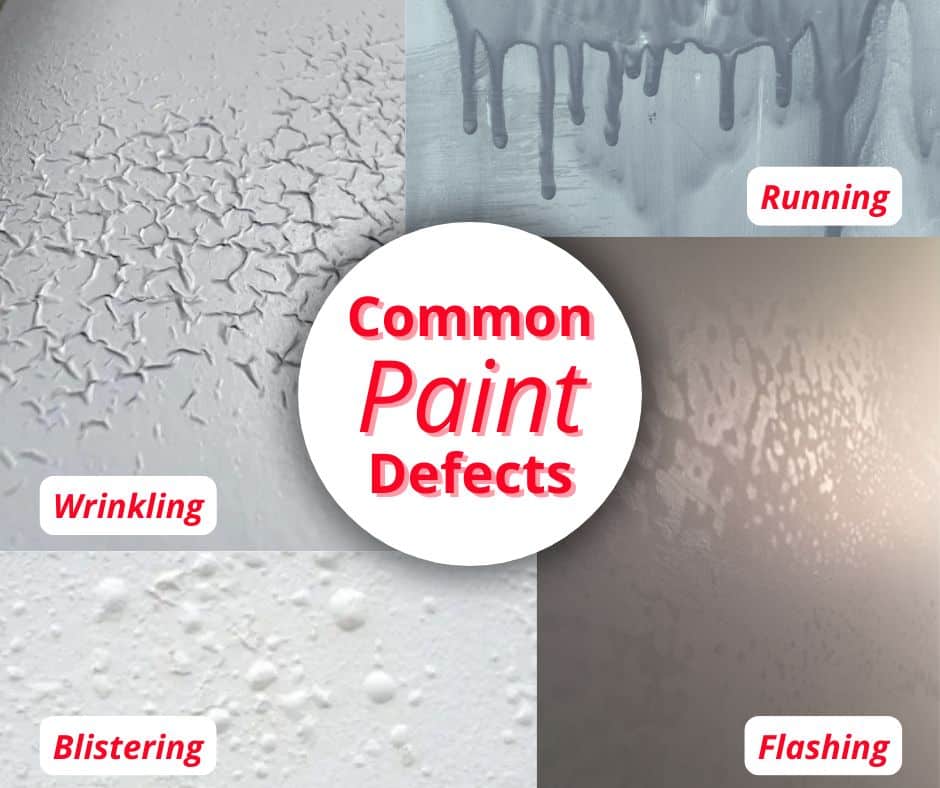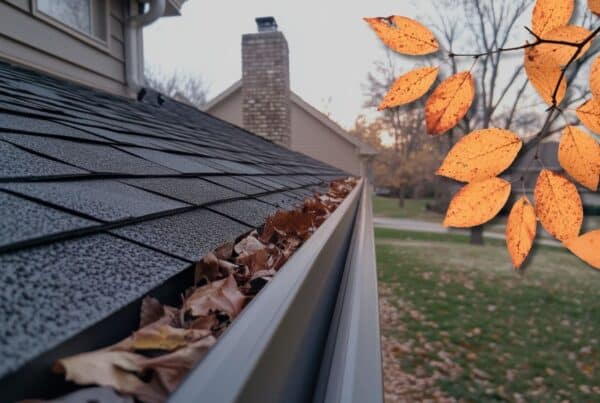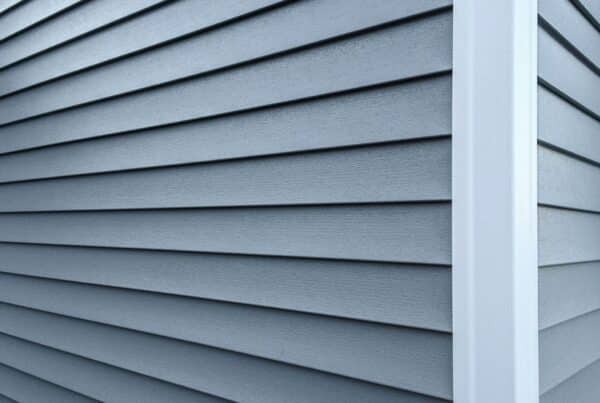
It’s easy to overlook cosmetic flaws when walking through a home. Uneven paint. Minor scuffs. A patchy ceiling. Most buyers assume those are low-priority or easily fixed. But what many don’t realize is that cosmetic defects can shape a buyer’s perception, affect inspection outcomes, and sometimes hint at deeper problems. One of the most common examples of cosmetic defects is paint issues, like flashing.
It looks like uneven sheen across a wall or ceiling, where some spots appear shinier than others. Most people write it off as a bad paint job. Sometimes they’re right. Other times, that visual inconsistency is a clue that something more serious is going on behind the scenes.
So, do cosmetic issues like flashing paint impact home value? Let’s dig into it, from an inspector’s point of view.
What Is Paint Flashing? Why Does It Happen?
Flashing in paint refers to a shiny or uneven look that appears when paint dries inconsistently or is applied over wall defects. It can show up in streaks or blotches, especially in large, flat areas. In the world of professional painting, it’s considered a finish defect. In the world of home inspections, it’s a potential red flag.
Here’s what often causes it:
- Poor surface prep before painting (like skipping primer)
- Painting over patched or dirty areas
- Using the wrong sheen or mixing different paint types
- Uneven drying from humidity or trapped moisture
- Rolling or brushing in different directions without blending
- Moisture or heat problems behind the wall surface
It doesn’t always mean something is wrong structurally, but when it keeps returning, shows up in patterns, or appears in areas known for water exposure, it’s worth looking closer.

Why We Flag Cosmetic Defects During Inspections
At Bentley, we inspect a lot of older homes in East Tennessee. Paint flashing is a common cosmetic defect, especially in homes that have had quick touch-ups or DIY repairs. While paint defects alone won’t derail a sale, they often point us toward places we want to investigate more closely.
We don’t flag them just because they’re ugly. We flag them because they sometimes point to issues like:
- Moisture in the drywall or insulation
- Poor attic ventilation
- Past water leaks that were patched but not properly repaired
- Mold behind walls
- Energy inefficiencies due to missing vapor barriers or insulation gaps
For example, paint flashing near a ceiling corner might seem minor, but it can be traced back to a slow roof leak or other defects. Cosmetic clues are often the visible signs of invisible problems.
What Buyers See vs. What Inspectors See
To a buyer, flashing paint might just be something to fix with a fresh coat. But to an inspector, it raises questions about what’s happened to that surface over time. If there are multiple small flaws across the home, misaligned trim, uneven caulk, scuffed flooring, it begins to paint a larger picture.
Buyers may start to wonder:
- Was this home maintained with care, or just patched up to sell?
- What else might have been hidden or covered up?
- If they skipped prep on the walls, did they skip other maintenance too?
Aesthetic flaws shape buyer confidence. That alone can affect the final sale price.
How Cosmetic Defects Influence Home Value
Even when cosmetic problems aren’t tied to structural damage, they can still reduce perceived value. In fact, a NAR survey found that more than 80% of buyers are influenced by cosmetic elements like wall condition and paint quality when forming their first impression.
Here’s how:
- They lower the first impression: If a buyer’s first look includes uneven walls or visible roller marks, it immediately makes the home feel dated or rushed.
- They slow down decision-making: Buyers might hesitate to make an offer, or request a lower price to account for “future updates.”
- They give buyers more negotiating power: Cosmetic flaws are easy to list in repair requests, even if they’re minor.
- They can affect appraisal comparisons: While appraisers focus on structure and comps, the overall condition of the home influences the final number. A home in “excellent” condition with clean finishes often compares better than one with visible touch-ups or poor workmanship.
In a competitive market, small flaws can be the thing that costs you a full-price offer.
When Cosmetic Defects Point to Deeper Issues
It’s not always just paint. Here are a few examples of when something “cosmetic” ended up being more serious:
- Flashing paint on a bathroom ceiling turned out to be caused by poor ventilation and hidden mold in the attic.
- Peeling trim paint around windows revealed moisture intrusion from improperly sealed sills.
- Uneven wall texture was covering up a previous plumbing leak that had damaged the drywall.
- Cracked paint on siding led to discovery of rotting wood beneath the surface.
These situations aren’t rare. They happen in homes of all ages and price points. That’s why inspectors don’t stop at what’s visible. We ask, “Why is this here?”

What Sellers Can Do About Cosmetic Defects
If you’re getting ready to sell your home, cosmetic defect updates, like correcting paint flashing, are worth doing, but only if they’re done right.
- Don’t just paint over problems. Fix the source first.
- Prime patched areas and clean the walls before repainting.
- Use consistent paint types and sheens.
- Re-caulk trim and windows where needed.
- Pay attention to lighting. That’s when paint flashing is most obvious.
- Walk through your home with a buyer’s eye. What looks rushed? What would raise concern if you were purchasing?
Better yet, consider a pre-listing inspection. It helps uncover small or hidden issues so you can address them before buyers ever walk through the door.
When to Bring in an Inspector
If you see the same cosmetic problems returning after repairs, or if you just want to be confident about what’s behind the walls, schedule an inspection. Cosmetic clues are often the first step to catching bigger problems early.ƒ
At Bentley Home Inspection, we know the difference between a sloppy paint job and a sign of moisture damage. We help homeowners across East Tennessee make informed decisions, whether they’re staying put or preparing to sell.
Conclusion
Cosmetic defects like paint flashing may not seem serious, but they tell a story. Sometimes that story is about poor painting technique. Other times, it’s about water, humidity, or a hidden issue waiting to resurface.
Whether you’re buying, selling, or simply trying to understand your home better, don’t overlook the details. A fresh coat of paint can hide a lot, but not from the trained eye of an inspector: book with ours today.



